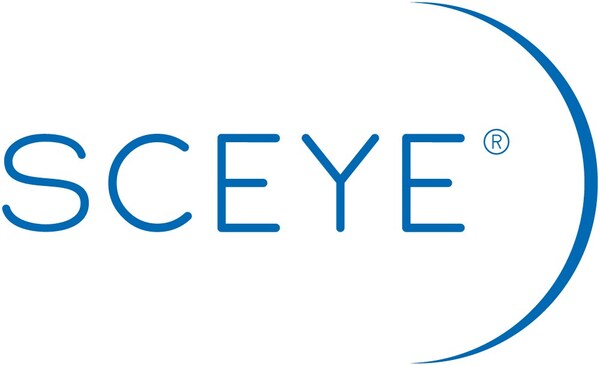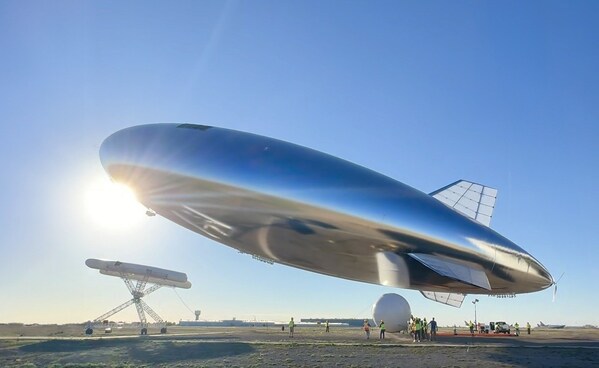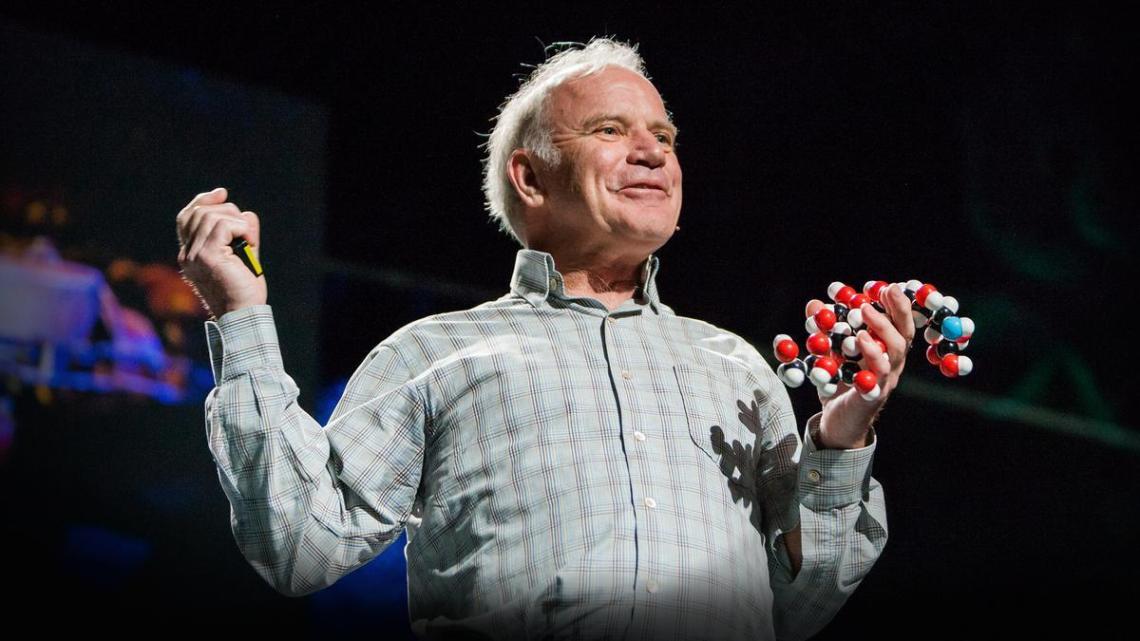 |
ROSWELL, N.M., Aug. 19, 2024 /PRNewswire/ -- Sceye, an aerospace company with a background in material science and manufacturer of High-Altitude Platform Systems (HAPS), announced today that it completed a full diurnal flight in the stratosphere while staying over an area of operation. This is a critical milestone towards long-duration flights of months or years by using of solar power through daylight hours, and battery capacity enabling overnight flight through solar recharge the next morning. The HAPS launched at 7:36 AM MST on August 15th from the company's New Mexico facility and landed at 12:21 PM MST the following day after the flight test points were completed.

THE FUTURE OF NON-TERRESTRIAL INFRASTRUCTURE: SCEYE DEMONSTRATES BREAKTHROUGH DIURNAL FLIGHT IN THE STRATOSPHERE WITH RENEWABLE ENERGY
"This is a significant milestone for the Sceye team, towards opening up vast opportunities in the stratosphere, building an entirely new layer of infrastructure between drones and satellites," said Sceye CEO and Founder, Mikkel Vestergaard Frandsen. The ability to stay in the stratosphere for long durations over an area of operation offers a unique vantage point for detecting climate disasters in real time like wildfires and methane leaks, as well as connectivity to the billions of unconnected which conventional infrastructures cannot serve.
Today's launch furthered all key stratospheric objectives of the Sceye 2024 test program, including demonstrating diurnal flight, controlled relocation, and the ability to stay over an area of operation. The completion of these objectives will allow Sceye to initiate commercial use cases.
"The flight was an important demonstration of our platform's performance and resilience. I'm looking forward to seeing the growth and capabilities scale with each and every flight that follows," said Stephanie Luongo, Sceye Chief of Mission Operations.
Sceye has completed twenty test flights, with two additional test flights planned for 2024, further maturing the platform in preparation for commercialization.
The flight carried an advanced payload suite consisting of instruments for addressing some of humanity's most critical issues : stereo-optical cameras, for creating precise elevation models used to understand disasters such as floodings and earthquakes and how to mitigate them; infrared cameras to allow for prediction and detection of wildfires and to detect methane leaks in real time, representing two significant sources of global warming. The payload also included synthetic aperture radar that allows the platform to see through clouds and observe the planet's most vital systems in any weather and time of day.
About Sceye
Sceye is an aerospace company founded in 2014 to unleash the possibilities in the stratosphere by uplifting and connecting all people and protecting our planet. The company is leading the industry of High-Altitude Platform Systems (HAPS) to provide universal and equitable connectivity, improve climate change monitoring, natural resource stewardship, wildfire detection and better detect and contain disasters before they spiral out of control.
Press Inquiries:
Kristian Ullum Vind
press@sceye.com
 9 months ago
417
9 months ago
417 





 English (United States)
English (United States)